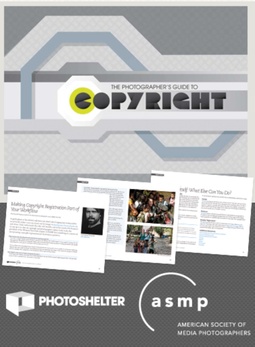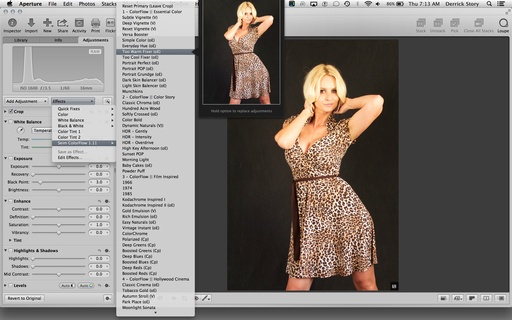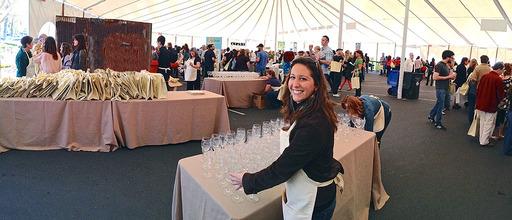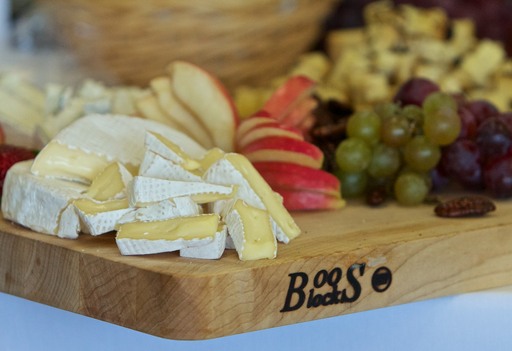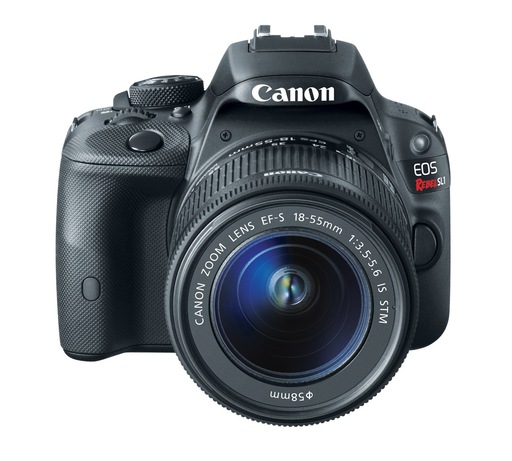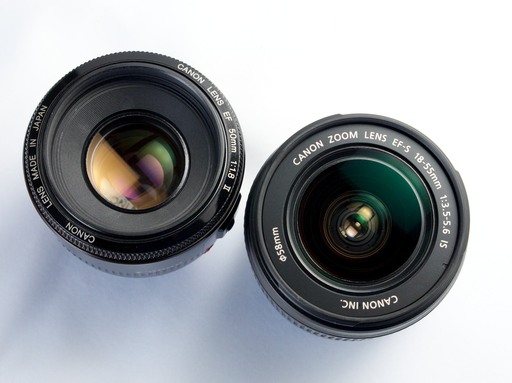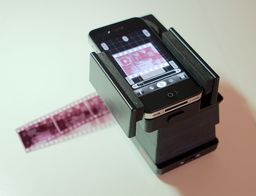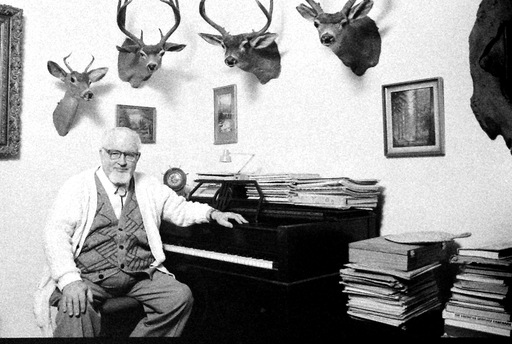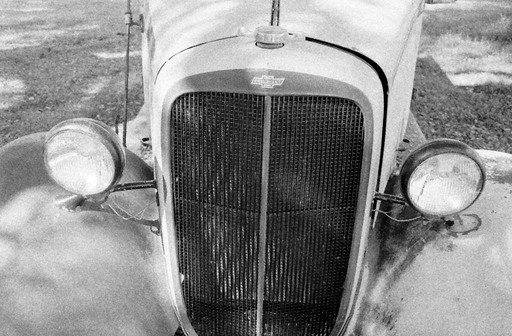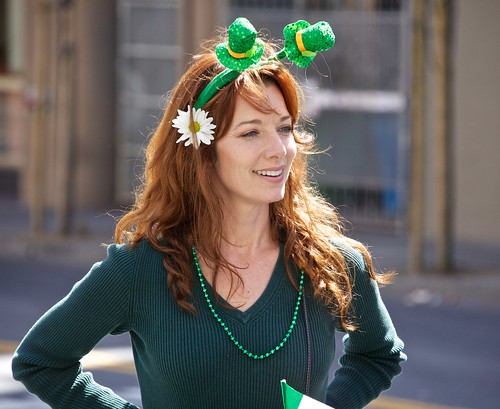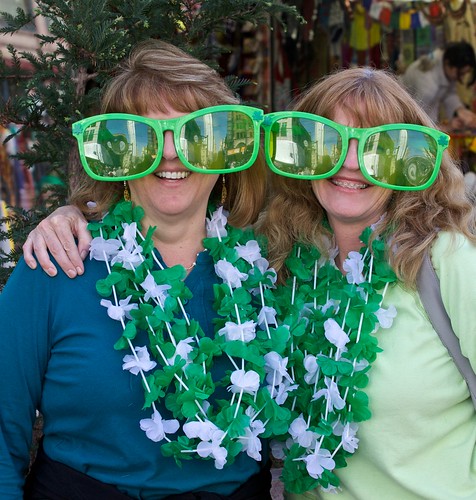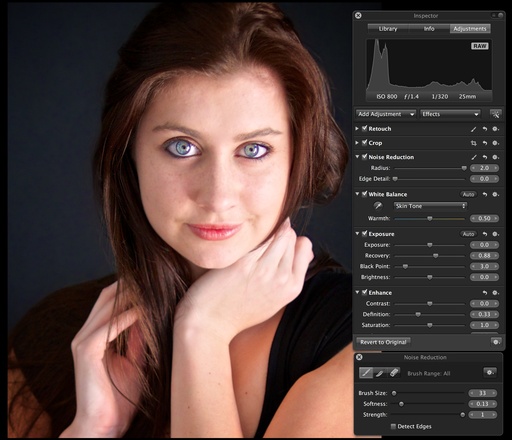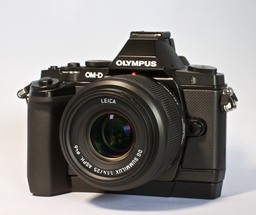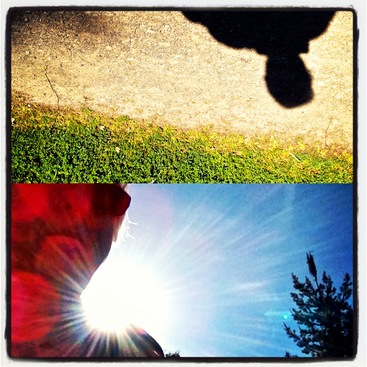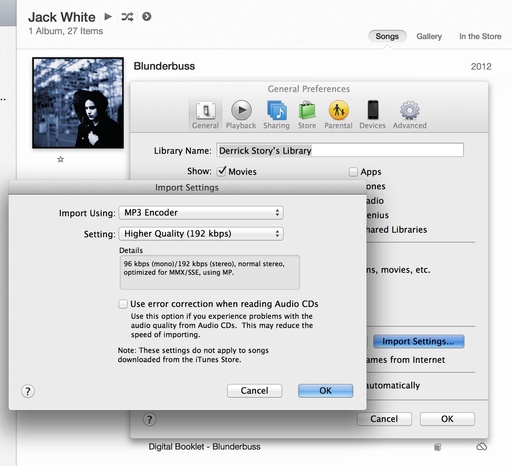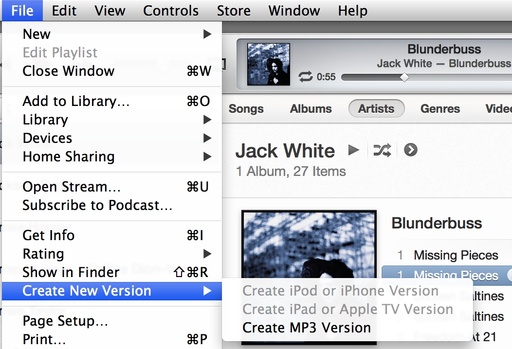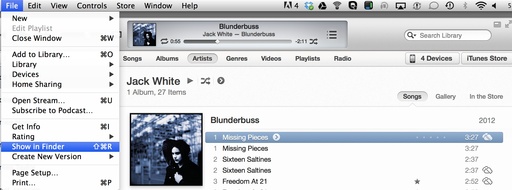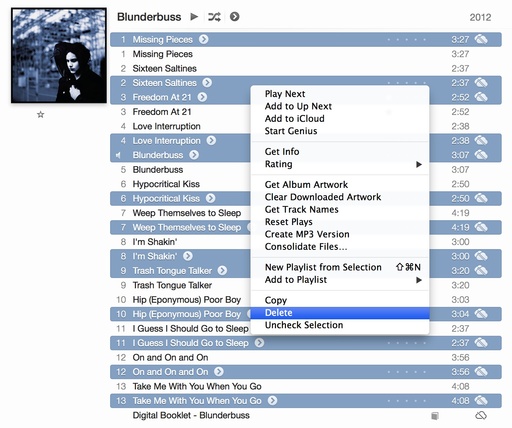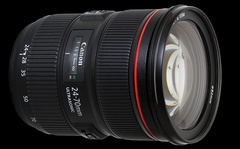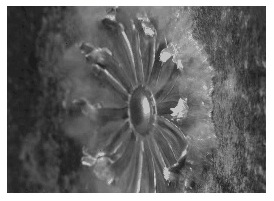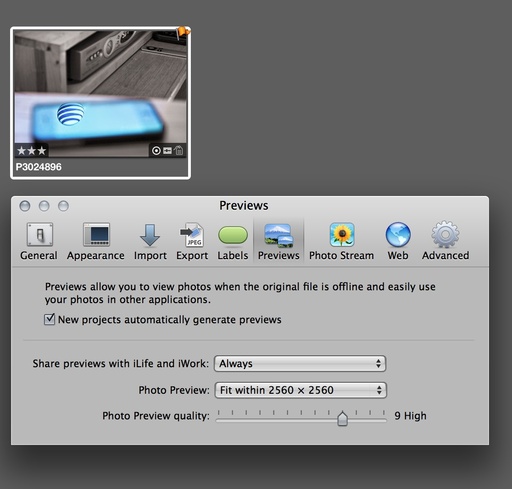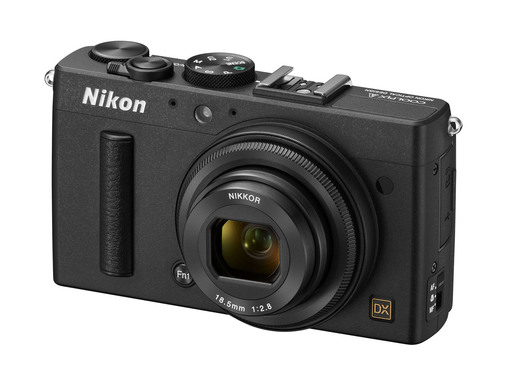For the Feb. 2013 Photo Assignment, TDS shooters celebrated man's best friend, feline companions, and assorted other adorable subjects. See for yourself in our gallery, Furry Friends. And which one will be the SizzlPix Photo Assignment Pick of the Month?
TDS member Paul Stuart used his Panasonic GH2 with a Leica 25mm f/1.4 (shot wide open) to photograph his Airedale dog, Eddie. See all of the great images from this month's assignment by visiting the Furry Friends gallery page.
Participate in This Month's Assignment
The April 2013 assignment is "Architecture." Details can be found on the Member Participation page. Deadline is April 30, 2013. No limit on image size submitted.
Please follow the instructions carefully for labeling the subject line of the email for your submission. It's easy to lose these in the pile of mail if not labeled correctly. For example, the subject line for this month's assignment should be: "Photo Assignment: April 2013." Also, if you can, please don't strip out the metadata. And feel free to add any IPTC data you wish (These fields in particular: Caption, Credit, Copyright, Byline), I use that for the caption info.
Gallery posting is one month behind the deadline. So I'm posting Feb. 2013 at the end of March., the March gallery will be posted at the end of April., and on and on.
Good luck with your April assignment, and congratulations to all of the fine contributors for Feb.
Want to Comment on this Post?
You can share your thoughts at the TDS Facebook page, where I'll post this story for discussion.


